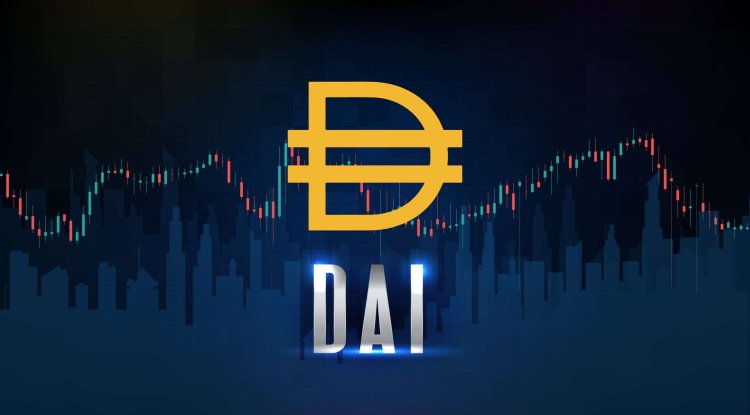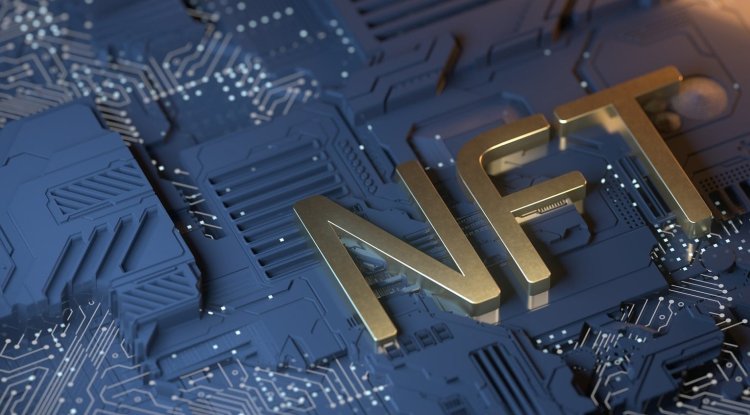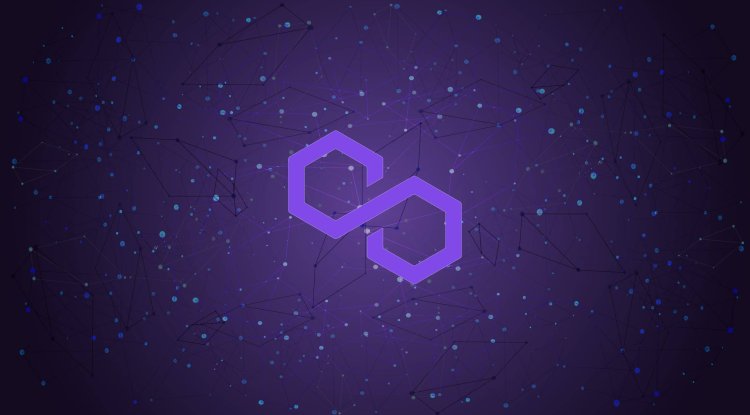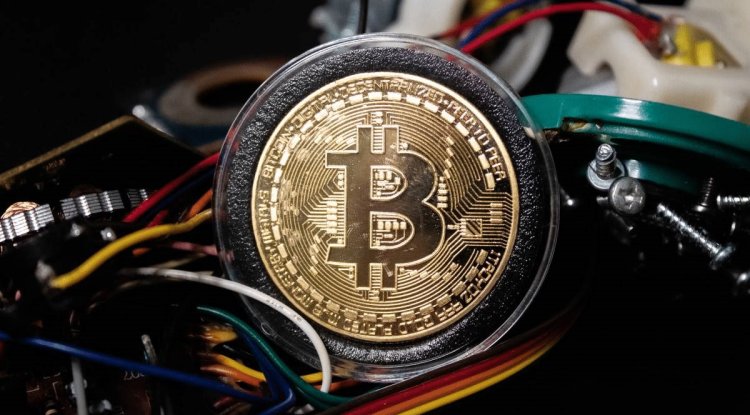What is Dai (DAI) and how this cryptocurrency work?
Dai is the first decentralized stable cryptocurrency with collateral. DAI is an ERC-20 token that tries to maintain a stable value of 1:1 with the US dollar.

Notice: This article is for informational and educational purposes only, and you should not take it as financial advice.
Since the great boom of cryptocurrencies in 2017, more and more people are discovering and joining the world of cryptocurrencies. The vast majority of investors believe that in the near future certain cryptocurrencies will be used for everyday purchases and improve our global ecosystem.
Dai is trying to solve the biggest obstacle that typical cryptocurrencies face when using them as a method of payment - volatility. 1 DAI is closely pegged to $ 1, earning it a “stablecoin” or stable coin. What is Dai?
Dai is the first decentralized stable cryptocurrency with collateral. DAI is an ERC-20 token that tries to maintain a stable value of 1: 1 with the US dollar by locking other crypto assets in smart contracts.
Unlike other stable coins, issued and controlled by a central body, DAI is the original token of the Maker Protocol - a decentralized autonomous ecosystem of smart contracts running on the Ethereum blockchain.
Collateral loans provide the lender with a way to secure the loan by locking in the assets he owns. Traditionally, these loans have lower interest rates than unsecured loans due to the fact that locked assets can be liquidated to meet part of the loan. How does Dai work?
DAI exists as a key component in the concept of collateralised debt positions or CDP. CDP are smart contracts of the Maker Protocol in which users can lock their collateral assets (ETH, BAT, etc.) and generate DAI.
You can think of CDPs as secure vaults used to lock in collateral with the ability to obtain liquid, stable cryptocurrency. Due to the volatile nature of collateralised assets, the DAI is often over-collateralized to prevent liquidation.
For example, users must deposit an ETH worth $200 to unlock a $100 DAI, offering some sort of volatility shield. This way, if the price of ETH falls by 25%, that $100 DAI loan would still be safely covered by $150 ETH. In order to recover his pledged property, the user must return the DAI that was borrowed for an additional fee. Who are the founders of Dai? (History of Dai)?
The Maker Foundation, and then DAI, was founded in 2014 by programmer Rune Christensen. The Maker Protocol is an open source project created as a decentralized response to the controversial centralized stable protocols of the time. 2017 DAI was on the Maker Protocol. Designed as a means of providing a fixed, stable, secure credit facility for companies and individuals, DAI is able to do all this without sacrificing decentralization.
Since launching the Maker Protocol, the Maker Foundation has ceded all authority on the platform to MakerDAO, a decentralized autonomous organization that now manages the entire Maker protocol. What makes Dai unique?
DAI is one of the stablecoin. The power of stablecoins, as you may have guessed from their name, lies in their ability to offer stable storage of value in an otherwise volatile market.
Maintaining price stability is most often solved by using large, centralized entities. However, the Maker Protocol manages DAI in a fully decentralized manner, and even leaves the management of the protocol to a distributed network of users who make up MakerDAO.
For its autonomous processes to function properly, the Maker Protocol requires real-time information to be entered into the system at all times, thus ensuring constant appropriate collateralisation in automated CDPs. What gives Dai value?
DAI supply is entirely demand-based. When a user deposits an ETH or any other supported ERC20 token on the Market Platform for use as collateral, the DAI is created and eventually lent to the user with a collateral-to-loan ratio of 66%, increasing DAI overall bid. Hence primarily the value of DAI. How many Dai (DAI) tokens are in circulation?
DAI current supply is 9,938,123,601. Unlike centralized stable coins - minted by a private company in accordance with its own issuance policy - new DAI tokens can be minted by any user using the CDP function of the Maker Protocol.
The maker runs on the Ethereum blockchain and is the software that controls the supply of DAI. In order to maintain a stable price peg for the US dollar, the Maker Protocol is firmly coded to ensure that every existing DAI token is secured with an appropriate amount of other cryptocurrencies. There is no limit to DAI total bid - the bid is ongoing, changing depending on how much collateral is stored in each online CDP at any given time. Other technical data
To help make the system as secure as possible - and to mitigate the risks of potentially catastrophic events - Maker developers have included a feature known as the Emergency Shutdown Process.
The emergency shutdown process can be initiated by a select group of trusted individuals who hold the keys to a global settlement. Each of these signatories must approve the action to initiate the process.
If this process is ever started, the entire Maker Protocol will be frozen. DAI owners can exchange it for their original collateralized assets before the entire protocol begins to expire. How is the DAI network secured?
DAI is an Ethereum-based ERC-20 token, meaning it is provided by the Ethereum Ethash algorithm.
DAI follows the rules set by MakerDAO. MakerDAO is a decentralized autonomous organization of international actors who are fully responsible for managing the entire Maker protocol (and DAI accordingly). How to use DAI?
In addition to being a secure and stable payment method, DAI offers crypto merchants a powerful tool to minimize risk. During periods of extreme volatility that have become somewhat synonymous with the wider cryptocurrency market, users can store part, or all of their assets, in DAI to minimize losses.
DAI also offers customers the ability to access collateral loans in a way that has many advantages over existing options. Without the need for any creditor approval, DAI users can easily lock their digital assets as collateral and get DAI, which they can use to buy anything (even more cryptocurrencies). How to choose a Dai wallet?
The type of Dai (DAI) wallet you choose will probably depend on the purpose of use and the amount of storage. Hardware wallets or cold wallets provide the most secure way to store cryptocurrencies with offline storage and backup. Ledger and Trezor hardware wallets offer DAI storage solutions. Hardware wallets may involve a little more learning to use and are a more expensive option. As such, it may be more convenient to store larger amounts of DAI for more experienced users.
Software wallets are another option. They are free and easy to use and available for download as smartphone or desktop applications, and can be trustee or non-trustee. With the administrator wallet, the service provider manages and keeps backups of private keys on your behalf. Unattended wallets use secure items on your device to store private keys. Although convenient, they are considered less secure than hardware wallets and better for smaller quantities of DAI or for less experienced users.
Online wallets or web wallets are also free and easy to use, available from multiple devices using a web browser. They are considered “hot” wallets and are less secure than hardware or software alternatives. Since you leave the management of your DAI, you should choose a reputable platform with reliable security features. Because of the above, such wallets are most suitable for holding smaller quantities or for more experienced traders. Dai Management
DAI, as the original stablecoin of the Maker Protocol, is managed by Maker Holders (MKR). Through the MakerDAO system, Dai / Maker management takes place both on-chain and off-chain. Holders of MKR tokens vote on proposals using the management system on the Producer Protocol chain.
This system has two different types of voting: management surveys and executive voting. Any MKR token owner can participate in these votes to help shape the future of the protocol. MKR shareholders can also vote outside the chain in collaboration with the community in places such as public administration forums and web calls.





































